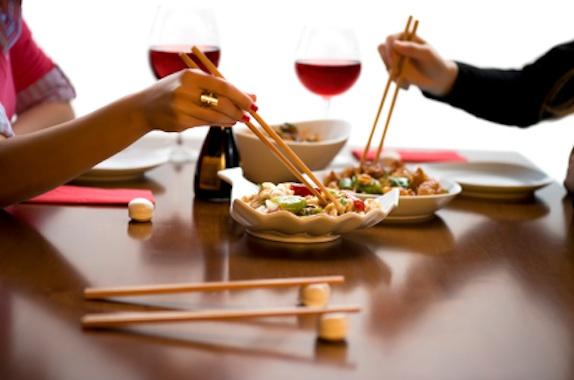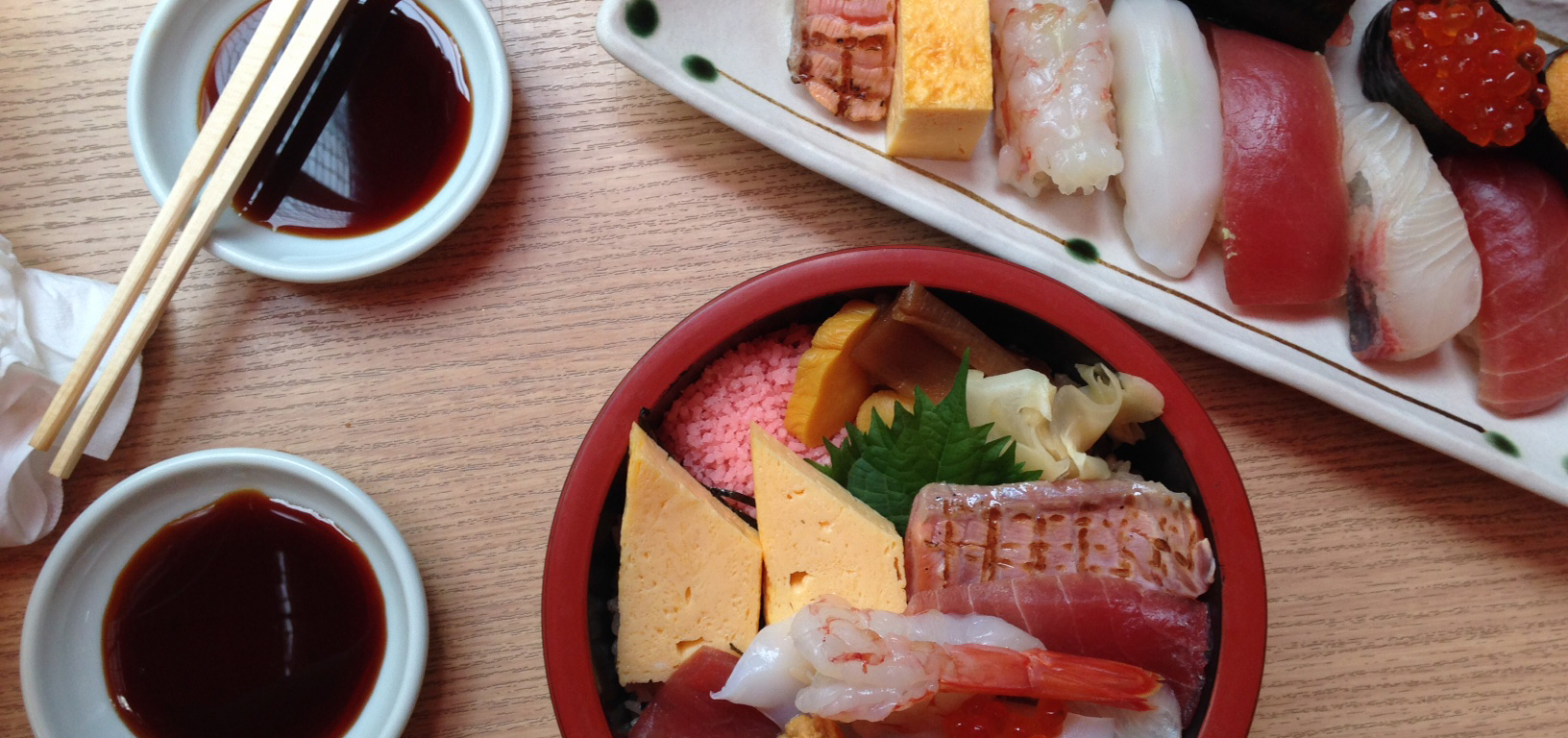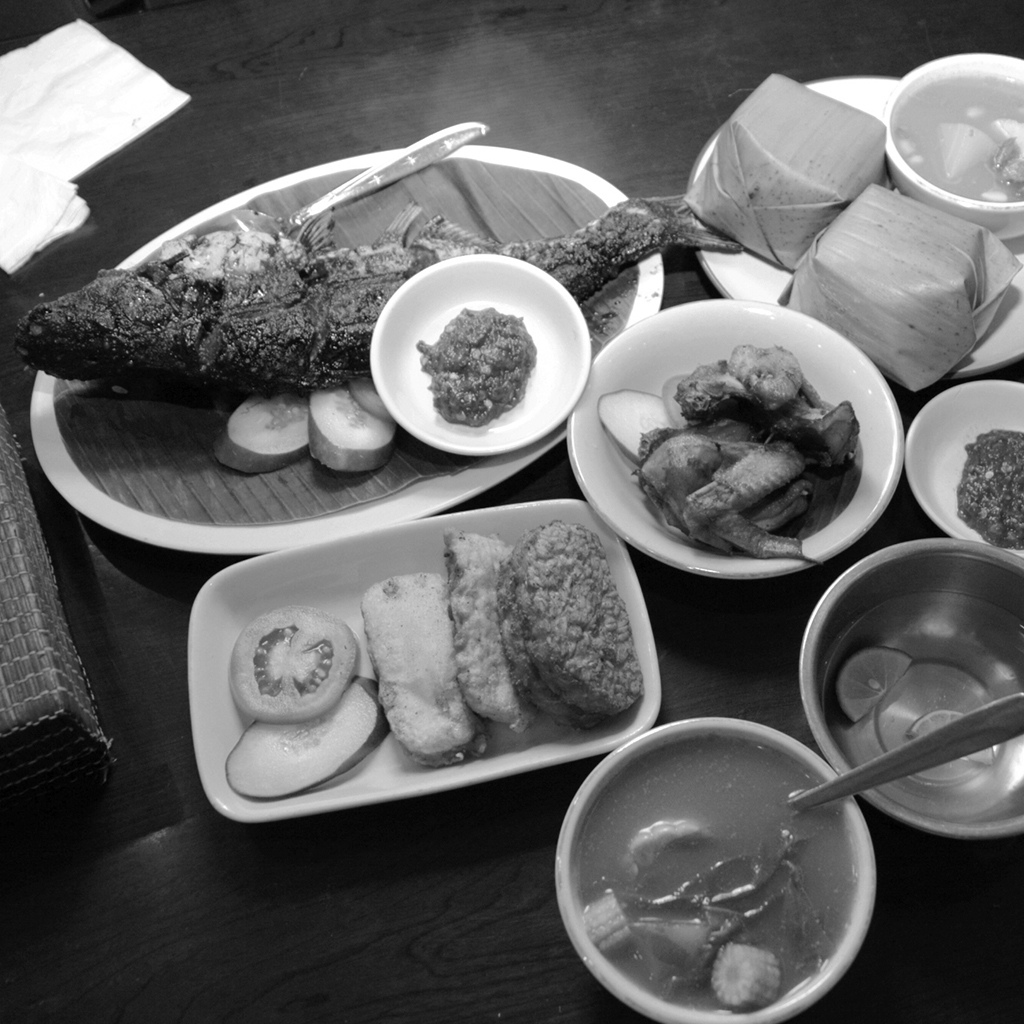ASIAN FOOD ETIQUETTE EXPLAINED
We all want to be welcomed when we travel — especially around the dinner table. Nobody wants to make social blunders when it comes to eating. Should we accept another glass of tea? Is it impolite to leave food on our plate? What should I do with these chopsticks when I’m done?

We definitely see travellers behaving less offensively when it comes to eating than they do with how they dress, but we cover so much food here that we thought we’d share some advice from the experts when it comes to Asian food etiquette and how to conduct yourself when eating, drinking and dining in the region.
ASIAN FOOD ETIQUETTE — EATING, DRINKING AND DINING ETIQUETTE
I consulted food experts from across Asia — from chefs to food tour guides — on how travellers should behave when it comes to eating in Asia, from visiting an Asian home to dining out in Asian restaurants. You can read advice from some of the same experts on greetings, gestures, and good manners.
ASIAN FOOD ETIQUETTE — RECEIVING AN INVITATION
For many travellers, an invitation to dine at a local’s home can be the highlight of a trip, especially in South East Asia where the cuisines are so diverse and delicious. Often invitations to eat with locals don’t come in advance but happen by chance. Glance at a family eating together on the ground floor of their shop-house and they might call out to you to join them. A friendly conversation in the street can often lead to a spontaneous invitation to dine.
“Cambodians will always offer people drinks such as water, tea or juice, and sometimes food,” Sambo Pat, chief concierge at Raffles Grand Hotel d’Angkor, Siem Reap told me. “To honor the host, the offer should always be accepted, even if the guest just takes a sip or small bite.”
“Never turn down food or a drink offered when visiting someone’s home in Bhutan,” advised Choden Dorjee, an executive at Amankora resort in Bhutan. “Even if you don’t eat or drink, simply accept the gesture and say thank you.”
“If you visit a Vietnamese family when they are having a meal, they will invite you to join them,” warned Tran Hoang Viet, guest relations manager at Six Senses Ninh Van Bay. “One of the family members will stand up and get a bowl and chopsticks for you, before you have even accepted. To be polite, you shouldn’t refuse.”
Pauline Lee, who runs Simply Enak food tours in Kuala Lumpur, said that in Malaysia it’s also considered good manners to take a gift. “If you’re not sure what to bring the safe choice is always a basket of fruit,” she suggested.
“In Bhutan, bringing along a gift, even something small, some food or a textile, is always appreciated,” said Choden Dorjee. “And removing one’s shoes is respectful and a necessity.”
Keep in mind that there are some things that aren’t welcome. “If you’re thinking about taking a gift, don’t give handkerchiefs, a mirror or a comb, as they signify a funeral and separation,” warned Nguyen Huong Thuy, a manager at Evason Ana Mandara Nha Trang resort, Vietnam.
“And if you wear shorts, they’ll think you don’t respect them. Don’t wear black clothes, which are thought to bring bad luck. Red or yellow, on the other hand, signify happiness and luck.”
“If you’re invited into the home of a Malaysian, you’ll be expected to remove your shoes. Malaysians remove shoes to keep the house free from dirt,” explained Bhaskaran Kessavan, concierge of the Four Seasons Hotel Kuala Lumpur. “A tip: look to see if there are shoes outside the front door to know what to do!”
ASIAN FOOD ETIQUETTE — GREETING AND SEATING
Once you’re at someone’s home, what next, I asked?
“In formal or semi-formal situations, it’s better to wait for the hosts to make the introductions,” advised Pitak Srisawat, chief concierge at the Four Seasons Bangkok. “Self-introductions are rare in Thailand.”
In Malaysia, it’s important to make an effort to show courtesy to more mature hosts, according to Pauline Lee. “If your hosts are older men and women, addressing them as ‘uncle’ and ‘auntie’ is considered polite,” she said.
Showing respect for older hosts is essential in Vietnam too, although Tran Hoang Viet warned travellers not to get too familiar. “In Vietnam culture, young people cannot hug elderly people, even in a family. Young people greet elders by folding their arms in front of their chest (and clasping their hands as if in prayer), and stooping down respectfully. Also, if an elderly person gives you something, you must receive it with two hands and stoop down. Saying thank you is a must.”
Similar customs exist in Cambodia. “When invited to the dining table wait to be told where to sit as you would not want to upset any hierarchical arrangements,” advised Sambo Pat. “The oldest person is usually seated first and should start eating before others. Do not begin eating until the eldest diner does.”
What if travellers are taking a photo to remember the occasion? “When standing or posing for a picture with an older person, a younger person should never put his or her hand on or arm around an elder’s shoulder,” Pat warned. “It’s considered very rude.”
“In Vietnam, eating generally wouldn’t start until all guests have arrived. Usually younger people will wait for older people or guests of honour to start eating or the host will invite guests to start,” said Tu Van Cong. “It’s typical for younger folks to put food into the bowls of guests and older people.”
“You shouldn’t reach for the meat first,” advised long-term Hanoi resident and cookbook writer Daniel Hoyer, who runs Eating Vietnam food tours. “It’s more polite to take vegetables first and don’t take too much of the nicest things. If your hosts want you to eat more, they’ll offer you more.”
“A host will usually continue to offer you food as a show of hospitality in Malaysia,” explained Pauline Lee. “It’s okay to decline when you’ve had enough, but try to stay polite — a smile always does wonders.”
“Meals for occasions will start with a toast before people start eating. Toasts are very common during Vietnamese meals so expect to say cheers many times for many reasons,” warned Tu Van Cong. “The meals are generally lively with banter and can involve lots of drinking, particularly amongst males. Be aware that rice wine is strong, so be assured that when you empty your glass it will continue to be filled. The same goes for food.”
Tran Hoang Viet offered advice on how to drink rice wine: “The traditional way is that everyone at the same table shares one small cup of wine, then one by one (the eldest first), drinks the cup and then refills it for the next person. Asking for a personal cup when everyone is sharing is very impolite.”



No Comments